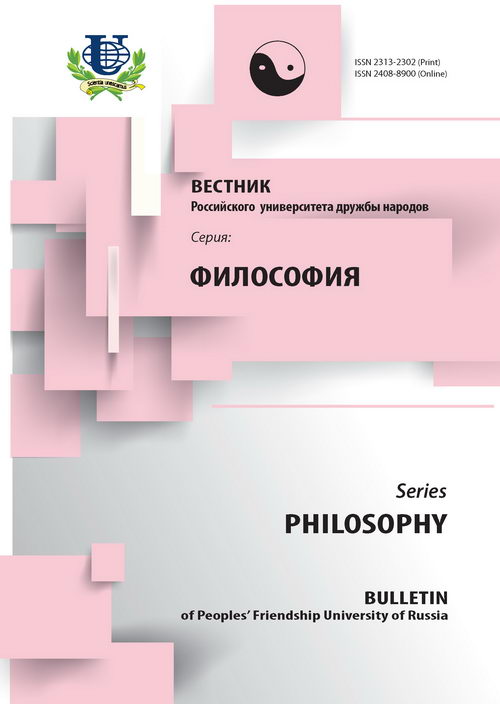Image of truth in traditional indian philosophy
- Authors: Kanaeva NA1
-
Affiliations:
- National Research University “Higher School of Economics”
- Issue: No 1 (2014)
- Pages: 24-31
- Section: Articles
- URL: https://journals.rudn.ru/philosophy/article/view/11733
- ID: 11733
Cite item
Full Text
Abstract
Truth is one of the key values in Western culture, and in the History of Western Philosophy it had different images. The position of truth in the History of Indian Philosophy was similar. But sometimes in India it is very difficult to retrace the way from the word ‘truth’ to the philosophical category. In this article are traced main lines of discussions about the truth and principal senses of Indian terms (satya, j¤аna, Dharma, prаmахya). Buddhists were the firsts who introduced the concept of truth, originally in a form of the Four noble truths doctrine then as Mahayana concept of the two truths (conventional and absolute). In Indian tradition, as well as in Western philosophy, truth was considered differently in existential, moral, ontological, soteriological, epistemological and logical perspectives. Indians also distinguished between inferential and semantic concepts of truth. From Western point of view their aspiration to build a theory of the World, which will explain the existence of its different natural and supernatural levels, which are cognizable by rational and super-rational means, brought Indians to paradoxical, contradictory results. Typical example of such contradictory theory of truth can be found in Jaina relative truth doctrine about impermanent and pluralistic reality (syаdvаda or anekаntavаda).
About the authors
N A Kanaeva
National Research University “Higher School of Economics”
Email: hphilosophy@mail.ru
Cathedra of the History of Philosophy Department of Philosophy
References
Supplementary files















